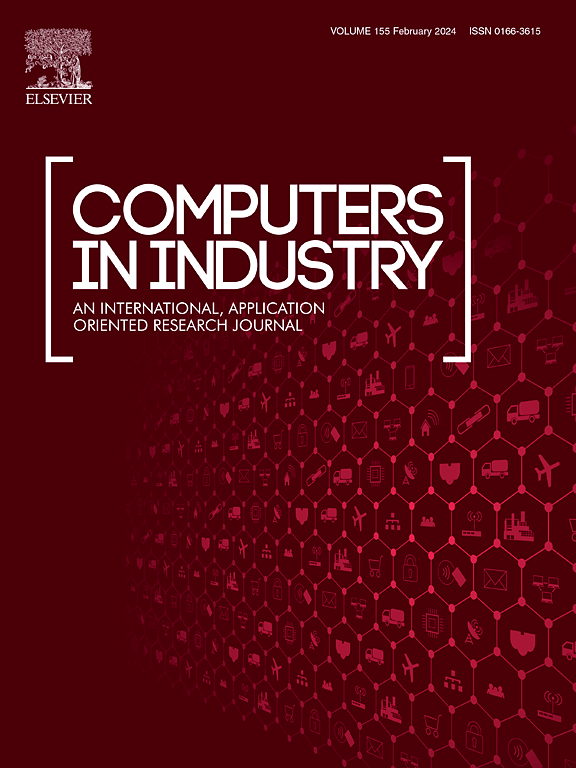Video-based automatic people counting for public transport: On-bus versus off-bus deployment
IF 8.2
1区 计算机科学
Q1 COMPUTER SCIENCE, INTERDISCIPLINARY APPLICATIONS
引用次数: 0
Abstract
Interest in Automatic People Counting (APC) for crowd detection and management is rapidly growing. While a range of Internet of Things (IoT) sensors and systems exist, video analytics is emerging as a particularly attractive option — especially for applications where more traditional methods of people counting are not available, unreliable or expensive. In this paper we focus on automatic people counting in the public transport context – specifically, rail replacement bus services – in which bus companies are typically contracted to provide bus services to replace train services during periods of planned and unplanned line disruption. This presents a particularly compelling use-case for video-based people counting, while also presenting unique challenges. Field trials are thus vital to the proper assessment of video-based APC solutions, however remain relatively scarce in the literature. While datasets to support research and benchmarking exist, these do not capture the intrinsic complexities of real-world deployment and the implications of selected configurations — in particular, on-vehicle versus off-vehicle use cases. In this paper, we evaluate our own video-based APC solution, representative of state-of-the-art approaches in the literature, in two separate extensive (i.e, multi-day) metropolitan field trials covering both on and off-bus use-cases. Through real-world deployment of the system in both settings, we highlight key differences with respect to APC accuracy, as well as other practical considerations, and the validity of underlying assumptions in both on and off-bus scenarios.
基于视频的公共交通人员自动计数:公交车上与公交车外的部署
人们对用于人群检测和管理的自动人员计数(APC)的兴趣正在迅速增长。虽然已有一系列物联网(IoT)传感器和系统,但视频分析技术正成为一种特别有吸引力的选择--尤其是在没有更传统的人员计数方法、不可靠或昂贵的应用领域。在本文中,我们将重点讨论公共交通环境下的自动人员计数,特别是铁路替代公交服务,公交公司通常与铁路公司签订合同,在计划内或计划外线路中断期间提供公交服务,以替代火车服务。在这种情况下,公交公司通常会在计划内或计划外的线路中断期间承包公交服务,以取代火车服务。这为基于视频的人员计数提供了一个特别有吸引力的使用案例,同时也带来了独特的挑战。因此,实地试验对于正确评估基于视频的旅客自助计数解决方案至关重要,但在文献中却相对较少。虽然存在支持研究和基准测试的数据集,但这些数据集无法捕捉真实世界部署的内在复杂性和所选配置的影响,特别是车载与非车载用例。在本文中,我们对自己的基于视频的 APC 解决方案进行了评估,该方案代表了文献中最先进的方法,分别在两个大城市进行了广泛(即多天)的实地试验,涵盖了公交车上和公交车下的使用案例。通过在这两个环境中对系统的实际部署,我们强调了 APC 精度方面的主要差异、其他实际考虑因素以及在公交车内和公交车外场景中基本假设的有效性。
本文章由计算机程序翻译,如有差异,请以英文原文为准。
求助全文
约1分钟内获得全文
求助全文
来源期刊

Computers in Industry
工程技术-计算机:跨学科应用
CiteScore
18.90
自引率
8.00%
发文量
152
审稿时长
22 days
期刊介绍:
The objective of Computers in Industry is to present original, high-quality, application-oriented research papers that:
• Illuminate emerging trends and possibilities in the utilization of Information and Communication Technology in industry;
• Establish connections or integrations across various technology domains within the expansive realm of computer applications for industry;
• Foster connections or integrations across diverse application areas of ICT in industry.
 求助内容:
求助内容: 应助结果提醒方式:
应助结果提醒方式:


